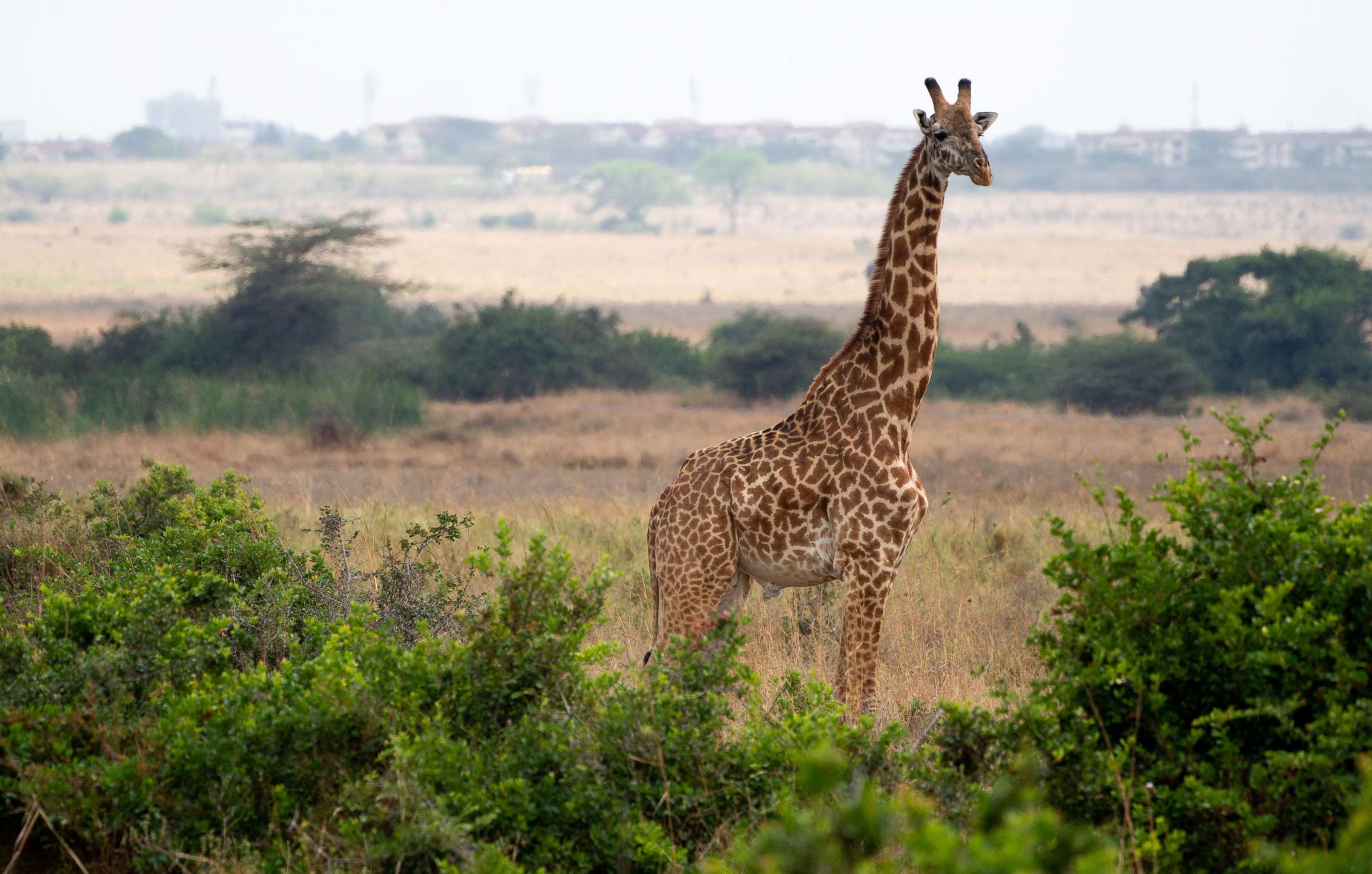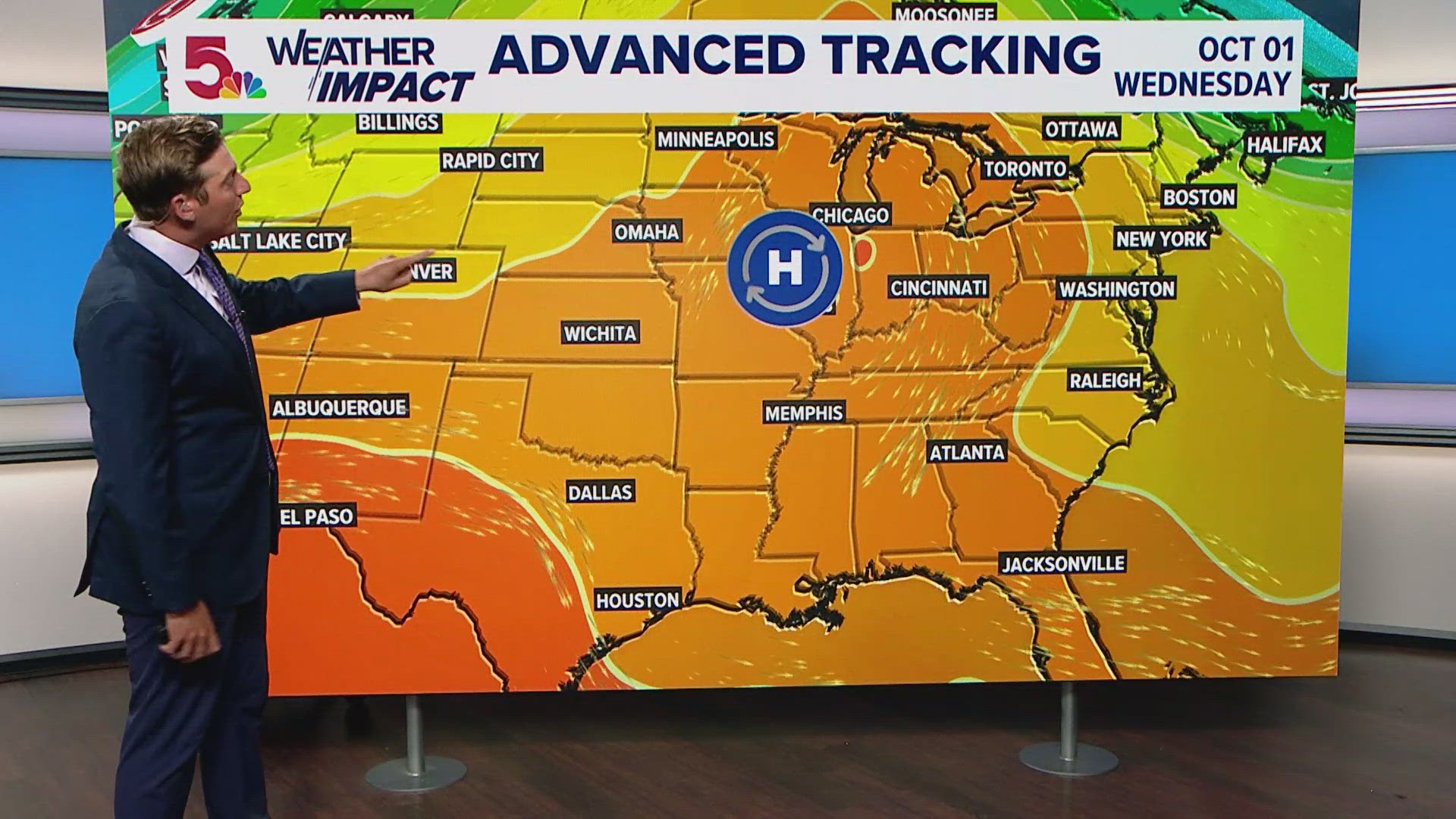Report on Proposed Removal of Wildlife Protections and Implications for Sustainable Development Goals
On September 25, 2025, the Trump administration proposed a policy change that would remove protections for several species designated as “look-alikes” to threatened and endangered wildlife. This action poses a significant threat to biodiversity and directly undermines progress toward key United Nations Sustainable Development Goals (SDGs), particularly SDG 14 (Life Below Water) and SDG 15 (Life on Land).
Analysis of the Proposed Regulatory Change
The Endangered Species Act allows for the protection of species that are similar in appearance to federally protected species to prevent accidental harm and aid law enforcement. The proposed action seeks to remove or revise these critical protections.
- Complete Removal of Protections: The proposal targets the removal of protections for species that resemble endangered counterparts.
- Revision of Protections: For other species, existing protections are slated for revision, potentially weakening their effectiveness.
Impact on Sustainable Development Goal 15: Life on Land
SDG 15 aims to protect, restore, and promote the sustainable use of terrestrial ecosystems and halt biodiversity loss. The proposed delisting directly contravenes this goal by increasing the vulnerability of several endangered land species.
- Florida Panther: Removing protections for the puma, which is often mistaken for the endangered Florida panther, jeopardizes the panther’s survival and recovery efforts, directly impacting SDG Target 15.5 (protect biodiversity and natural habitats).
- Miami Blue Butterfly: The delisting of the cassius blue, ceraunus blue, and nickerbean blue butterflies increases the risk of accidental harm to the endangered Miami blue butterfly, hindering efforts to prevent the extinction of threatened species.
- Desert Tortoise and Bog Turtle: Revising protections for look-alike turtle species complicates conservation efforts for the endangered desert tortoise and bog turtle, creating enforcement challenges that threaten their populations.
Impact on Sustainable Development Goal 14: Life Below Water
SDG 14 focuses on the conservation and sustainable use of oceans, seas, and marine resources. The administration’s proposal also affects aquatic species, threatening freshwater ecosystems and their biodiversity.
- Pallid Sturgeon: The removal of protections for the shovelnose sturgeon, which is visually similar to the endangered pallid sturgeon, could lead to the accidental killing of the protected species, setting back conservation efforts in alignment with SDG Target 14.2 (protect and restore ecosystems).
- Pearl River Map Turtle: Proposed revisions to protections for similar turtle species could inadvertently harm the endangered Pearl River map turtle, undermining the goal of conserving vital freshwater biodiversity.
Conclusion: A Setback for Global Sustainability Targets
The proposed removal and revision of protections for look-alike species represent a significant policy shift away from established conservation principles. According to conservation groups such as the Center for Biological Diversity, this action weakens the Endangered Species Act, a key legal instrument for achieving national and global biodiversity targets. By increasing the risks to already imperiled species, the proposal directly conflicts with the objectives of SDGs 14 and 15, threatening to reverse progress made in halting biodiversity loss on land and in water.
Analysis of Sustainable Development Goals in the Article
1. Which SDGs are addressed or connected to the issues highlighted in the article?
-
SDG 15: Life on Land
This is the primary SDG addressed in the article. The entire text focuses on the protection of terrestrial and freshwater species, biodiversity, and ecosystems. The proposal to remove protections for various animals like pumas, sturgeon, butterflies, and turtles directly relates to the goal of protecting, restoring, and promoting the sustainable use of terrestrial ecosystems and halting biodiversity loss.
2. What specific targets under those SDGs can be identified based on the article’s content?
-
Target 15.5: “Take urgent and significant action to reduce the degradation of natural habitats, halt the loss of biodiversity and, by 2020, protect and prevent the extinction of threatened species.”
The article directly addresses this target by discussing a proposed action that would weaken protections for “threatened and endangered wildlife.” The removal of protections for look-alike species like the puma and shovelnose sturgeon is presented as a direct threat to the survival of the endangered Florida panther and pallid sturgeon, respectively. This action runs contrary to the goal of protecting and preventing the extinction of threatened species.
-
Target 15.7: “Take urgent action to end poaching and trafficking of protected species of flora and fauna and address both demand and supply of illegal wildlife products.”
The article connects to this target by explaining the mechanism of “similarity of appearance” protections. It states that these protections are crucial because it is “difficult for wildlife enforcement to distinguish between species protected under the Endangered Species Act and species that look similar to them.” Removing these protections would undermine law enforcement’s ability to prevent the accidental or intentional harming of endangered species, thereby weakening efforts to combat illegal activities related to protected wildlife.
-
Target 15.9: “By 2020, integrate ecosystem and biodiversity values into national and local planning, development processes, poverty reduction strategies and accounts.”
The article highlights a national-level policy proposal that fails to integrate biodiversity values into its planning. The action to “strip crucial Endangered Species Act protections” is presented as a move that devalues biodiversity for other, unstated reasons. This represents a step away from, rather than toward, the integration of ecosystem values into national policy.
3. Are there any indicators mentioned or implied in the article that can be used to measure progress towards the identified targets?
-
Indicator for Target 15.5: Conservation status of species.
The article explicitly names several threatened and endangered species whose protection is at risk: “Florida panther, Miami blue butterfly, pallid sturgeon, bog turtle, desert tortoise and Pearl River map turtle.” The conservation status of these specific species (e.g., their classification on national endangered lists or the IUCN Red List) serves as a direct, implied indicator. The proposed policy change would negatively impact this indicator by increasing the risk of “further decline” for these species.
-
Indicator for Target 15.7: Effectiveness of wildlife protection legislation and enforcement.
The article implies that the number of species covered by “similarity of appearance” clauses within the Endangered Species Act is a key measure of enforcement capability. The proposal to “remove protections from pumas…cassius blue, ceraunus blue and nickerbean blue butterflies…and the shovelnose sturgeon” represents a direct, negative change to this indicator. The difficulty for “wildlife enforcement” mentioned in the text points to the effectiveness of these legal tools as a measurable aspect of progress.
4. Summary Table of SDGs, Targets, and Indicators
| SDGs | Targets | Indicators |
|---|---|---|
| SDG 15: Life on Land | 15.5: Protect and prevent the extinction of threatened species. | Conservation status of species mentioned in the article (e.g., Florida panther, Miami blue butterfly, pallid sturgeon). |
| SDG 15: Life on Land | 15.7: Take urgent action to end poaching and trafficking of protected species. | The number of “look-alike” species afforded protection under the Endangered Species Act to aid wildlife enforcement. |
| SDG 15: Life on Land | 15.9: Integrate ecosystem and biodiversity values into national planning. | The existence and strength of national policies and laws (like the Endangered Species Act) that protect biodiversity. |
Source: yubanet.com







